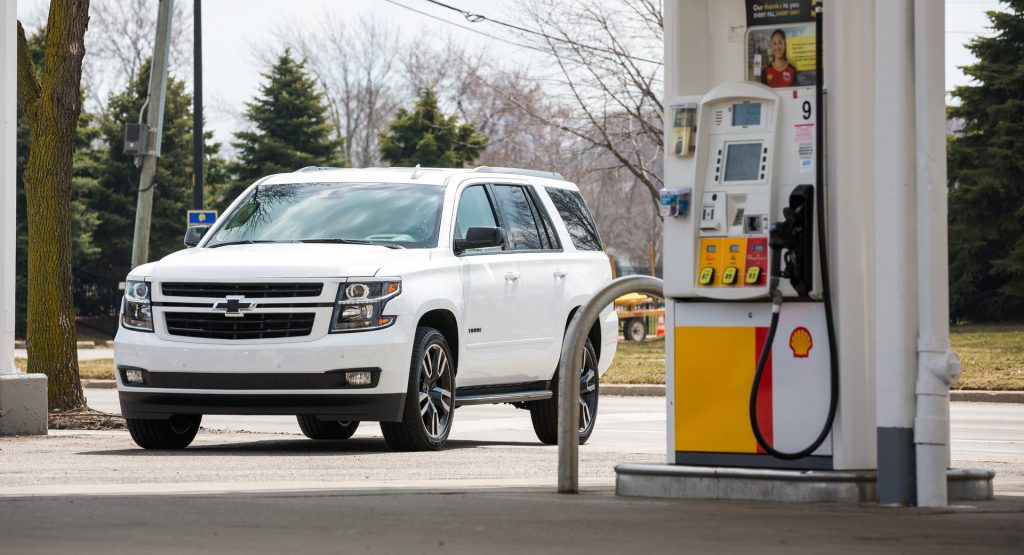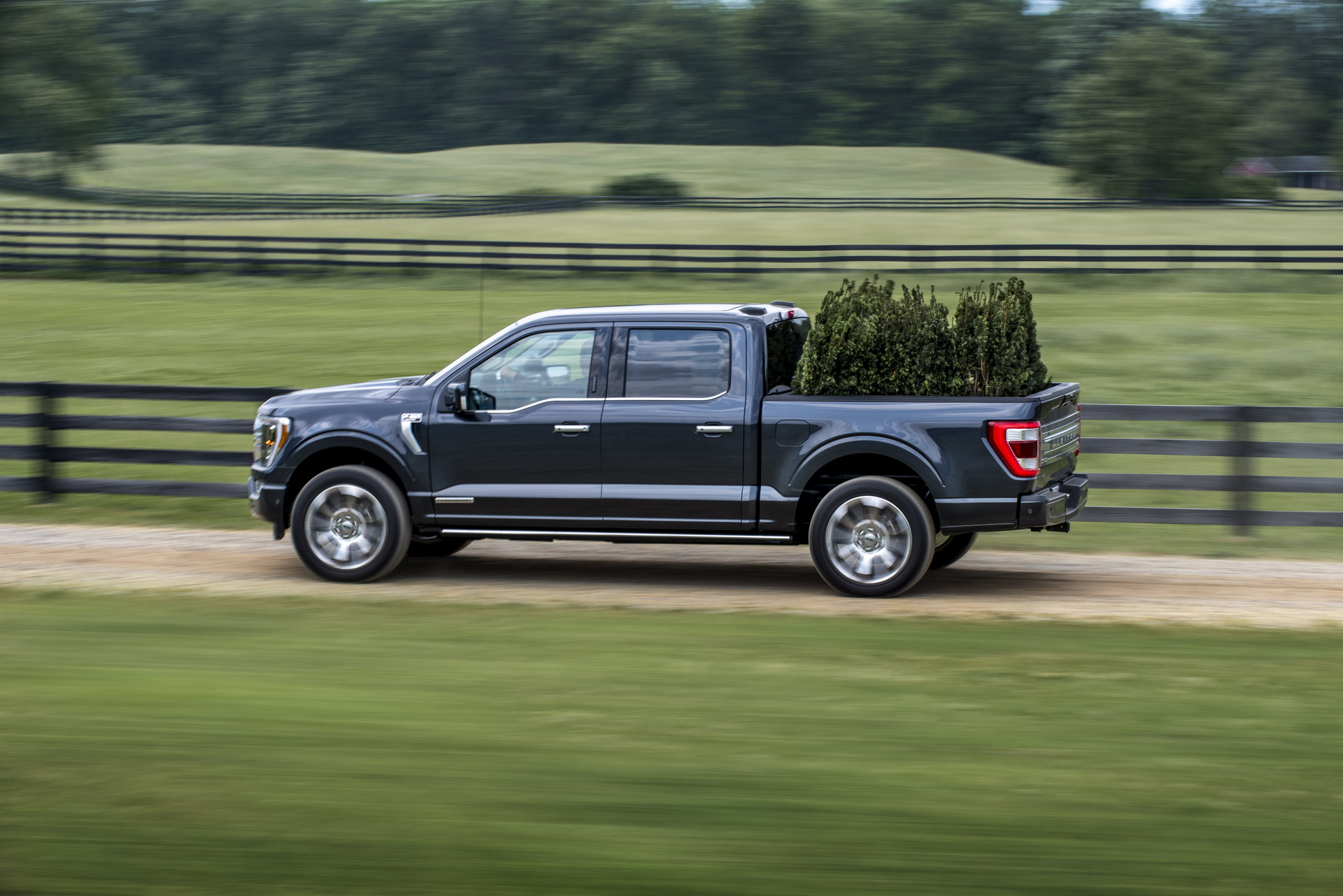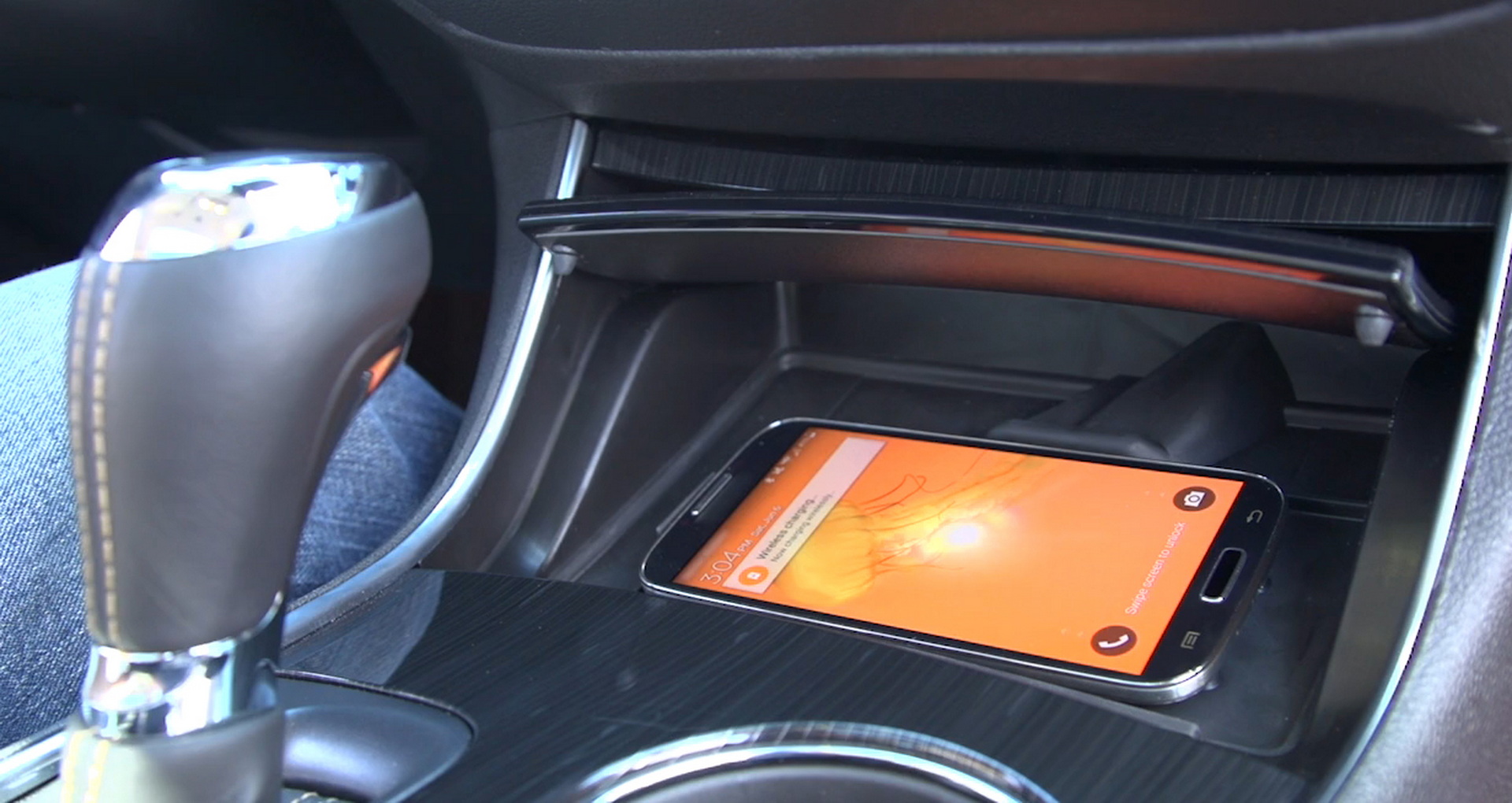As the prices of gas rise to record prices in the U.S. and elsewhere, people are choosing to drive less to save money. But many of us still have places to be, so the experts at the U.K.’s Bill Plant Driving School have weighed in with their recommendations for how best to squeeze every mile out of a gallon of gas.
Remove additional weight from your car
Getting the most out of your gallon starts before the engine even turns over. Things you might not have noticed before, such as the extra weight of those trees you’ve been meaning to plant or the drag of that roof rack you aren’t really using cost fuel to lug around.
De-ice your vehicle
Similarly, the school recommends that people in colder parts of the world de-ice with the vehicle off to save fuel. Whether or not you’re scraping ice and snow off your car, you shouldn’t start the engine until you’re pretty much ready to take off, if you’re looking to save gas.
Plan your trips
Time taken, say planning your trips so that you complete multiple errands in one go (another fuel-saving tip), is better spent in your home rather than in your car with the engine idling. Of course, if you aren’t going far, it’s probably best to just walk or bike.
Read Also: Gas Prices Soar 45 Cents In A Week To $4.06 Per Gallon, How Much Are You Paying?
Accelerate and brake smoothly
Once you’re ready to take off, the driving school says that being smooth helps enormously. Accelerating gently and focusing further down the road will allow you to be gentler on the accelerator and to come to a stop more smoothly, rather than accelerating harshly and wasting energy slamming on the brakes. Rolling towards red lights also means that you might not have to stop at all, allowing you to accelerate from rolling, rather than a stop.
Don’t coast in neutral
For those who drive manual, the school does not, however, recommend coasting in neutral. Even on downhill sections, the difference in fuel savings is negligible. You should, though, stick to the speed limit. Driving at 70 mph (113 km/h) uses up to 15 percent more fuel than sticking to a 50 mph (80 km/h) limit. You shouldn’t go too slowly, though.
Use the highest gear possible and keep a stable speed
Once you’ve reached the speed limit, the school recommends finding the highest practicable gear in order to keep revs as low as possible while try to keep a stable speed. Once you’re on the road, using your electronics can also have an impact on fuel, so be sure you’re only using what you need.






